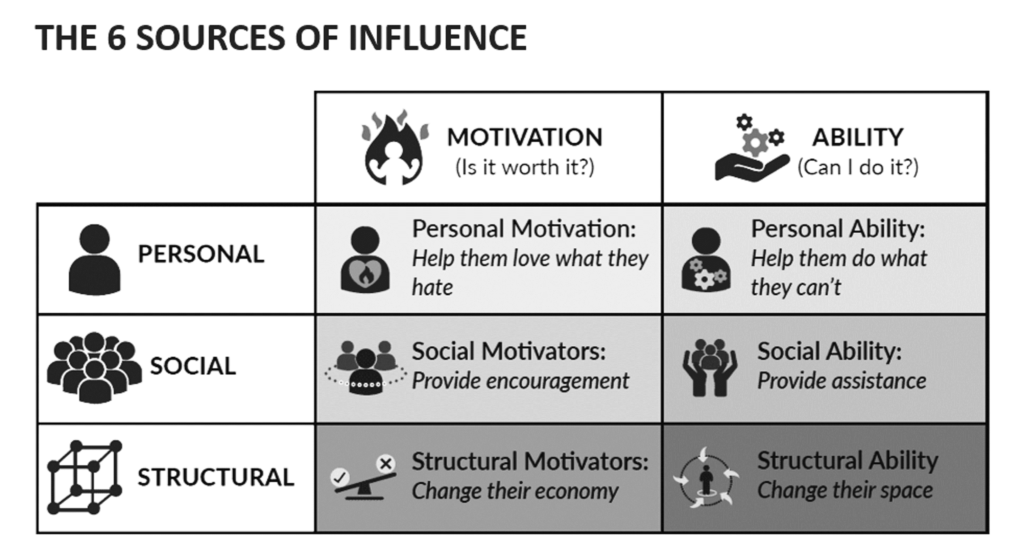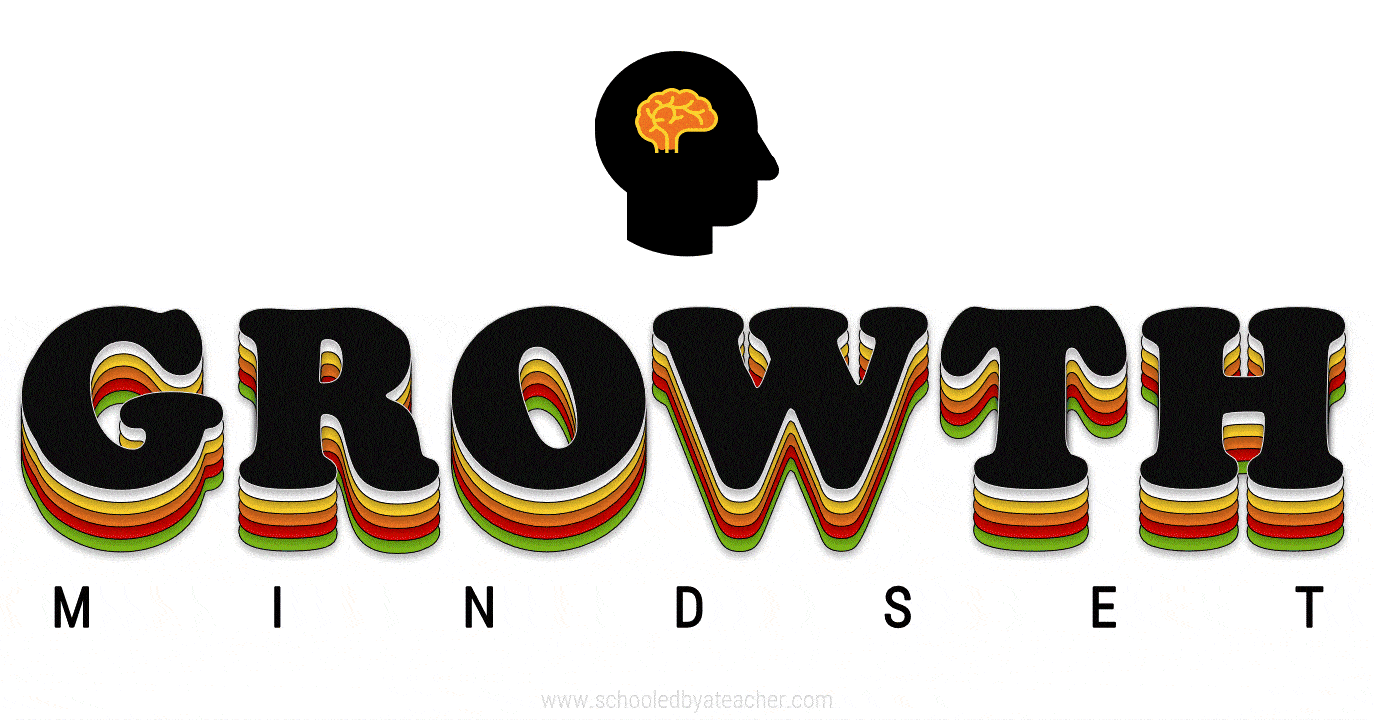I have a passion for helping newcomer emergent bilingual (EB) students learn English through high-quality instruction and authentic and meaningful projects, using technology as a tool and a resource. I believe that this approach can improve their educational outcomes and experiences, as well as contribute to the field of bilingual education. However, I also recognize that implementing a change in the way that newcomer EB students have been traditionally taught requires a significant change in behavior from myself, my students, my colleagues, and other stakeholders.
As I continue refining my innovation plan and wrap up the EDLD 5304 – Leading Organizational Change course, I will share the four key elements of my organizational change strategy, based on the insights and frameworks of thought innovators, and change agents that have influenced my own thinking and practice.
Starting With “Why”: Defining My Vision and Purpose
The first element of my change strategy was to define the vision and purpose of my innovation plan based on the concept of the Golden Circle by Simon Sinek. The Golden Circle consists of three concentric circles: the inner circle represents why we do what we do, the middle circle represents how we do it, and the outer circle represents what we do. Sinek argues that the most inspiring leaders and organizations communicate from the inside out, starting with why they do what they do and ending with what they do rather than communicating from the outside in.

By applying this concept to my innovation plan, I have crafted a clear and compelling statement that summarizes my why, how, and what. More importantly, by starting with why, I hope to continue to inspire myself and others to join me in this change journey, as well as to remind myself of the ultimate goal and value of my innovation plan.
Influencing Influencers: Leveraging the Power of Change Agents
The second component of my organizational change strategy was to develop a change management plan that harnessed the power of the six sources of influence identified by Joseph Grenny et al in the book Influencer: The New Science of Leading Change. Those sources of influence are Personal Motivation, Personal Ability, Social Motivation, Social Ability, Structural Motivation, and Structural Ability.

According to Grenny et al., most people fail to influence change because they rely on only one or two sources of influence. However, by addressing all six sources of influence in a comprehensive strategy that also identifies my desired results, measures of progress, and vital behaviors needed for success, I hope to overcome the barriers and challenges that may hinder the change process while leveraging all key organizational influencers.
4DX: Implement the Change Management Plan
The third part of my change strategy is to install the 4 Disciplines of Execution as laid out by Chris McChesney et al in 4 Disciplines of Execution: Achieving Your Wildly Important Goals. 4DX is a proven methodology that helps teams achieve their “wildly important goals” by focusing on the vital behaviors that lead to results.
4DX consists of four disciplines: focus on the wildly important, act on lead measures, keep a compelling scoreboard, and create a cadence of accountability. By applying these disciplines, I was able to further develop and detail a more clear and measurable vision for my innovation plan, identify and perform the actions that will help my plan be launched, track and monitor progress, and provide and receive feedback and support from all key stakeholders.

Lead and Communicate: Sustain and Create Lasting Change
The fourth element of my innovation plan’s change strategy is to sustain the change by leading with self-differentiation while effectively communicating with all stakeholders and influencers during all phases of my implementation plan. Using the concept of self-differentiated leadership found in A Failure of Nerve by Edwin Friedman and crucial conversations found in the book of the same name by Kerry Patterson et al, I hope to create a lasting culture of trust, respect, curiosity, empathy, and solution orientation among myself and others and also communicate and collaborate with others effectively throughout the change process respectively.
In summary, there are many levels to implementing a successful change initiative. One of the keys to leading change effectively is to first start by having a clear sense of purpose and direction. By defining my Why, How, and What, I have aligned my actions and decisions with my principles and values, which will in turn demonstrate integrity and consistency.
I also aim to not only reduce the instances of getting distracted by the “whirlwind” and other daily disruptions, but utilize the power of organizational influencers, by having a well thought out Influencer strategy and a 4 Disciplines of Execution plan. Moreover, I can manage resistance and conflict by channeling the traits of a self-differentiated leader and maintain open communication by mastering the art of crucial conversations. In doing so, I will achieve better outcomes and relationships.





